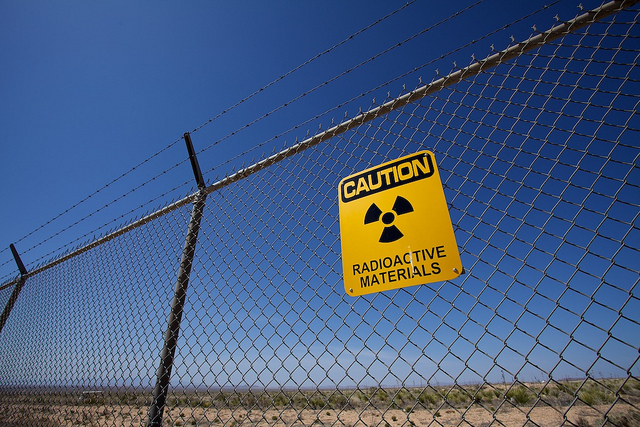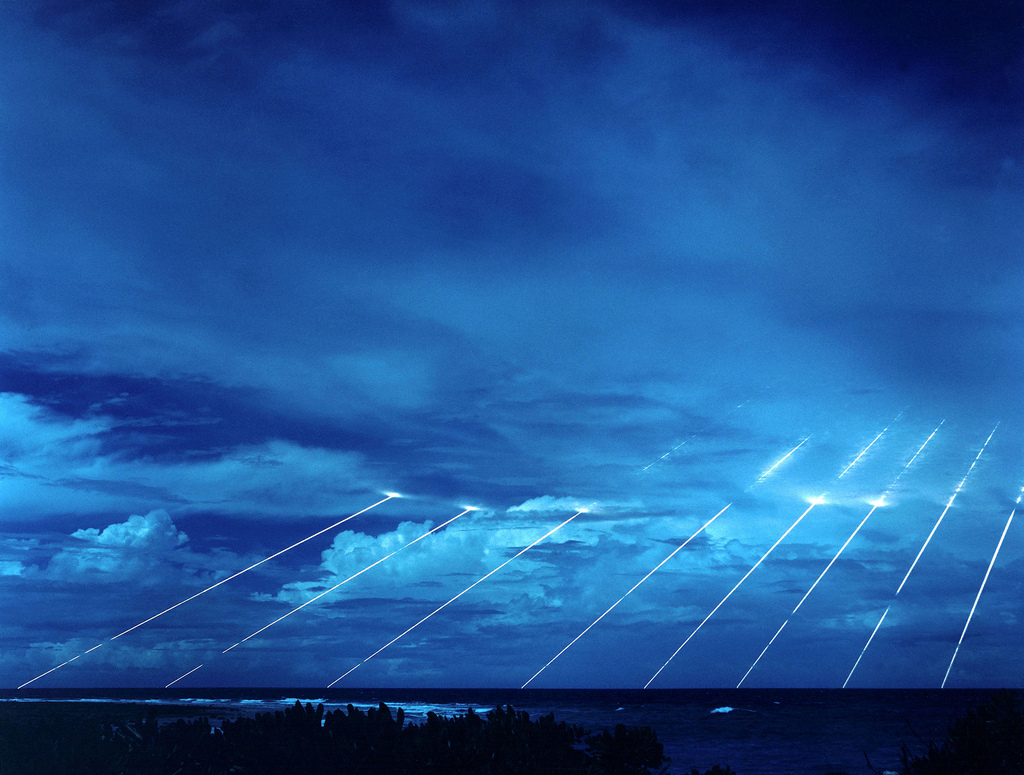China’s secretive build-up presents Trump with a difficult nuclear challenge

After disappearing from debate over the last couple of decades, nuclear politics are set to return with a vengeance. China has begun an unexpected and secretive nuclear force buildup. This presents a major challenge for Donald Trump’s new administration, which will want to maintain US nuclear advantage over China.
China’s shifting nuclear posture, the secrecy surrounding it, and the low likelihood of Chinese cooperation on arms control threaten stability in the Indo-Pacific region and beyond.
We have heard little from China’s official sources about its plans for nuclear expansion. The likelihood is that China is seeking parity with the US, driven by political drive for status or possibly by Chinese President Xi Jinping’s ego. If so, it would be just one of many instances of China pushing for parity in foreign and security policy. It may also be part of a general preparation for any future conflict, which should alarm not just Trump but also other leaders in the Indo-Pacific.
No other reasons make much sense. There is little deterrence logic to China’s nuclear expansion. While some scholars have suggested that China is responding to the US’s offensive and defensive capabilities, this is not particularly convincing, given that the US has not expanded its nuclear arsenal in decades. China’s expansion is more likely the result of China’s ambitions.
Other reasons for the expansion, such as empire-building pressure from within the military establishment, are also unconvincing. Strategic forces are under tight political control in China: decisions definitely flow from the top down. Anyway, such an explanation also fails to explain why a change is happening now. There is little indication that military is more influential (the evidence suggests the opposite) or that its views on nuclear force sizing have changed.
Whatever the reason, China’s nuclear expansion itself is considerable and its end state is unclear.
If this expansion is driven by the pursuit of parity, the Trump administration will face an uphill battle on nuclear arms control with China. Beijing has faced repeated calls for it to join nuclear arms control agreements, all of which it rejected on the basis that its nuclear forces are much more modest than those of other nuclear states. If China is pursuing parity, it is unlikely to be interested in nuclear arms control for a while.
Territorial tensions in the Indo-Pacific and the question of Taiwan are already raising temperatures. Adding nuclear competition to the mix only raises them further.
Until now, China’s no-first-use policy and the nuclear imbalance between the US and China have been some source of comfort. But there have been indications that China may adopt a launch-on-warning posture, meaning it might fire before suffering confirmed nuclear hits. This departure, combined with the pursuit of parity, will make crises much more dangerous.
China’s secrecy should be viewed as a threat to all nations. US-Russia nuclear arms control agreements have meant that the US could justifiably concentrate on the threat posed by Iranian and North Korean proliferation. Meanwhile, China—already the second biggest military in the world—has covertly gone down the path of nuclear proliferation.
While some refer to Trump’s powers of distraction, Beijing has become a master magician: it has sold a lie to the Indo-Pacific that Australia and its AUKUS partners are nuclear proliferators. As a result, Australia has had to defend nuclear propulsion while China rapidly and secretly expands its nuclear weaponry.
China claims to want only equality but is actually seeking superiority across the military and technology sectors, including in the nuclear sector. Reaching arms control is likely to be more difficult in the context of a dissatisfied and difficult-to-satisfy power.
Even if Beijing engages in arms control arrangements, its nuclear history should make us question its commitment. While the US and Russia cooperated on non-proliferation, China has supported nuclear proliferation in Pakistan, North Korea and possibly even Iran. This is at least partly responsible for the growing interest in nuclear weapons in South Korea and Japan.
Beijing’s wider strategic behaviour is also indirectly encouraging nuclear proliferation among its neighbours, by trying to expel the US from the region and raising their fears that they will be left alone in facing China. In those frightening circumstances, going nuclear may seem more desirable to them, if not urgently necessary.
The growing Chinese nuclear threat should be an important consideration for the Trump administration, as well as for Australia and the Indo-Pacific. Regional allies, such as Australia and Japan, should make China’s nuclear threat a key agenda item with the US, starting with the Quad meeting reportedly happening next week.



